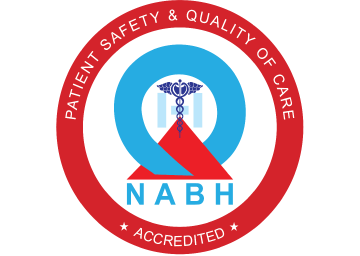Acetabular Fractures
An acetabular fracture usually follows a high-energy injury, such as a road traffic collision or a significant fall from height (although in the elderly or in those with poor bone health, this may be following low energy mechanisms).acetabular fractures are important fractures to identify early, and whilst some can be treated conservatively, they often can be complex and require specialist input in their definitive treatment.
Clinical features:
Patients will present with significant pain and swelling following the initial injury, with an inability to weight bear. Associated injuries are common especially an associated hip dislocations which needs to be identified early.

Left acetabulum fracture fixed with plate and screws
Management:
Initial management of a patient with high energy trauma follows the atls guidelines and should always begin with a primary survey to identify life-threatening injuries
Any associated hip dislocation should be reduced urgently if there is significant joint incongruity, to help minimise further damage to the acetabulum. Skeletal traction can be helpful in reducing pain and in certain group of patients who are unfit for procedures/ frail patients skeletal traction alone can be helpful in healing of the fractures.
Undisplaced or minimally displaced acetabular fractures can be managed conservatively with protected weight bearing for 6-8 weeks.
OUTCOME






